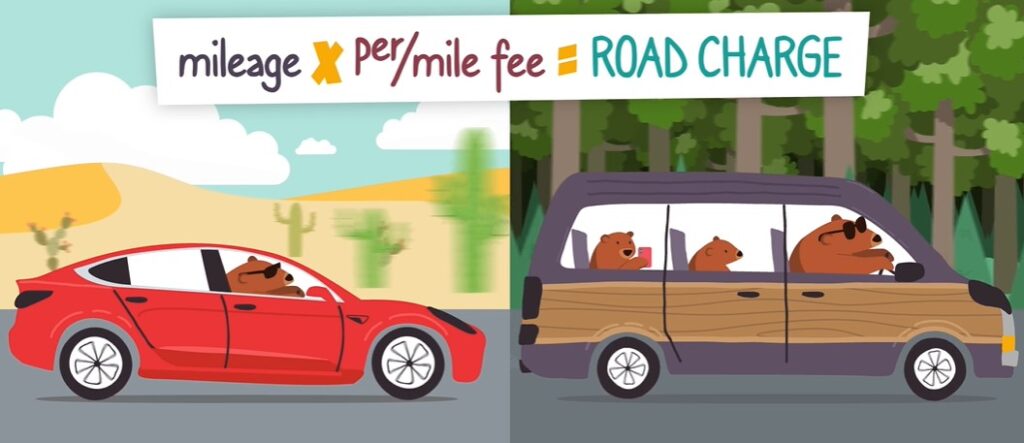Antioch Council fails to move forward Wilson’s proposed ban on more gas stations, additional gas dispensers at current stations
Wednesday, May 29th, 2024
By Allen D. Payton
Before the city council heard public comments about and discussed a ban or moratorium on more gas stations and additional fossil fuel dispensers at current gas stations in Antioch, City Attorney Thomas L. Smith explained it would require a General Plan amendment. It would then be sent to the Planning Commission for a recommendation before a council vote, he added.
City Clerk Ellie Householder then announced District 1 Councilmember Tamisha Torres-Walker had to leave the meeting at 9:53 p.m. With her absence, the council stalemated with two in favor, Mayor Pro Tem and District 4 Councilwoman Monica Wilson and Mayor Lamar Hernandez-Thorpe, and two opposed, District 2 Councilman Mike Barbanica and District 3 Councilwoman Lori Ogorchock.
Public Comments
During public comments on the agenda item, a woman who said her name was O.G. Stargatz (spelling?) who said she was a volunteer with 350 Contra Costa spoke in favor of the moratorium saying, “I’m here to offer our full support.” The Pinole City Council passed an urgency moratorium ordinance last month, she shared.
“I don’t think we need more gas stations in our city,” said resident Devin Williams. “I don’t think we’ll be around in another 40 years if we keep going at this rate with the climate.”
A resident named Lou spoke about the mayor’s pledge towards a fossil-fuel free Antioch government and said the gas station moratorium dovetails in with it. He then quoted a sentence from the mayor’s press release about his pledge published in the Herald, that, “The average global temperature on Earth has irreversibly risen by at least 1.9 degrees Fahrenheit since 1880, with most of this increase occurring since 1975” as an argument in support of the ban.
Frank Sterling also spoke in favor of the proposed moratorium.
Nicole Errington said, “I like hybrids. Hybrids are great. No, we don’t need any more gas stations. My biggest concern is benzene as a cancer survivor.”
Resident Harry Thurston said, “I see many more gas stations. Our city doesn’t look very good with them. I’d like to see them go away or reduced.”
Wilson was the first council member to speak as she made the proposal. She said, “I feel I need to advocate for a healthy community. Climate change is real. We’re talking about the 24 gas stations in our city. We need to end our reliance on fossil fuels. I’m in the process of converting to a hybrid car or electric car. I relooked at our Climate Action Plan which was done in 2020…we do state we need to prepare for Climate Change.”
“I really want to see a ban on the development of new gas stations…and a ban on more pumps at our existing 24 gas stations,” she continued. “We really need to start thinking about the future and be proactive. This is one step toward how we can be sustainable. Going green isn’t sometimes affordable. We need to make it affordable for low-income residents.”
“I believe the open market will flush this out. If we switch over to electric vehicles by 2035 this will work itself out,” said Barbanica. “But if we go out to our parking lot, right now…99% of the vehicles operate on gas.”
“We don’t ban new businesses coming into our community,” he continued. “Will we say, ‘no, you’re not coming in?’ It’s a case-by-case basis. We said no, last year, to a 24-hour station right next to residential homes. As the EV market continues to grow, you’ll see less and less demand for these coming into our community. The council still has the ability to say ‘yes’ or ‘no’.”
“I’m not for the ban. I think it’s a case-by-case. There will be some areas that will need a gas station,” Ogorchock said.
“You all know where I stand,” Thorpe said. “We’ve actually already said ‘no’, twice. But I am for the policy. I am for the ban. There isn’t consensus for this to move forward but we can bring it back in the future and see how Councilwoman Torres-Walker stands on the issue.”
The matter died on the two-two split of council members.











































